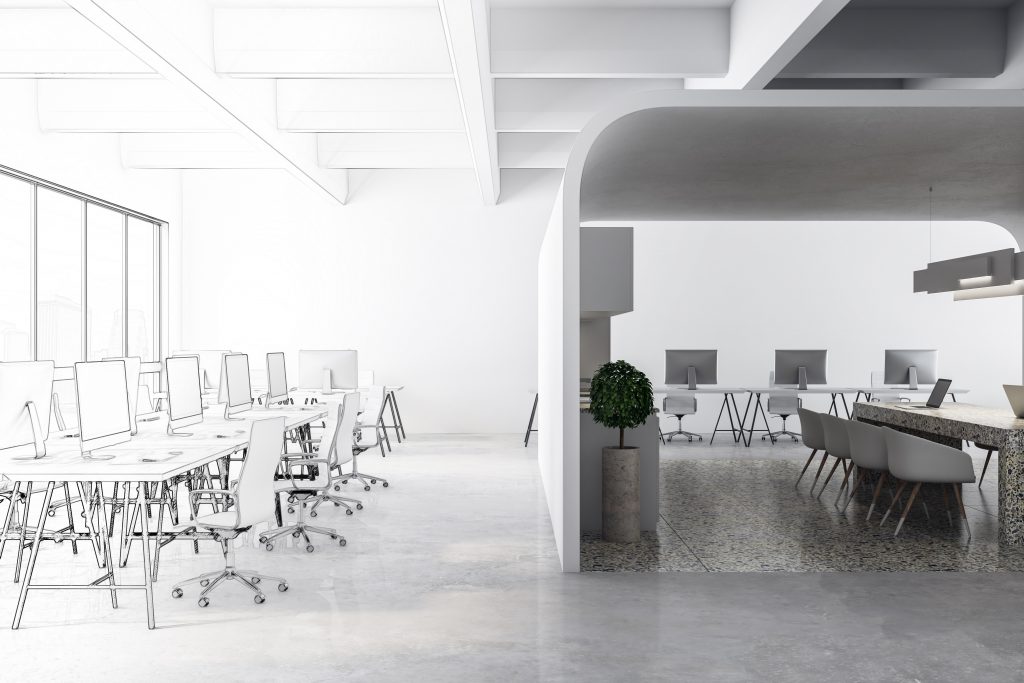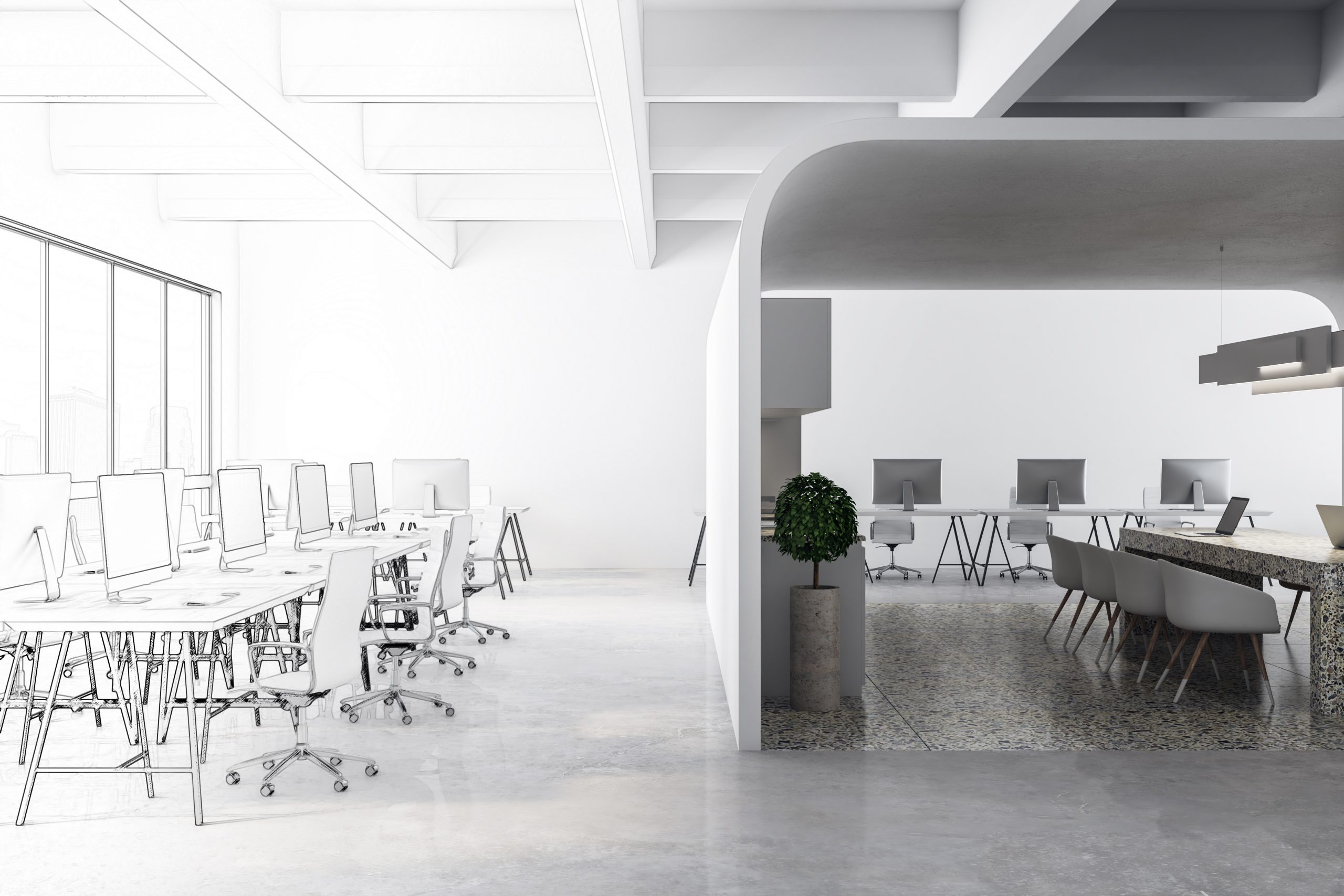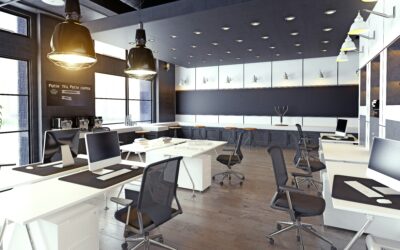Many factors influence employee satisfaction, and it’s not just a question of giving employees more vacation time or a higher salary.
In fact, one of the most important factors contributing to employee satisfaction is the way the office space is designed.
Think of it this way: no one will ever want to go to work if the workspace is dark, gloomy and makes you feel like just another cog in the machine.
We asked Jean de Lessard, designer of many of Montreal’s restaurants, cafés, bars and commercial office spaces, to give us his thoughts on the matter.

Consider the people in the office
If your team is the kind of team that’s most productive when it collaborates, then it wouldn’t really make sense to design an office space that promotes isolation.
Similarly, if your team works best when they have time to think on their feet, it wouldn’t make sense to create a collaborative space.
For Jean de Lessard, the most important thing to consider is:
“People. Collective or individual states of mind, sharing knowledge, respecting employees and understanding the different issues of today and tomorrow. Whether religious, multi-ethnic, multi-generational, multi-everything. Human psychologies and resources, finances, construction and inflation costs, available stocks, environments, COP26, technologies, construction details, integration of existing sites, innovations and chaos. All these elements must come together to form a whole.”
After all, you can’t have an office space without people to fill it.
Why shouldn’t they be the most important consideration when designing the space?
Even when costs and resources are taken into account, people always come first.
Reassuring and hardly surprising from one of the city’s most prestigious interior designers.
When considering the people who make up the office, an important factor to keep in mind is the movement that will occur within it.
Will people move from the meeting room, to the office, to the meeting room?
Will they be working in teams?
Will different teams need quick access to other teams?
These questions will help you plan the layout of your office space so that it’s optimized for the people who work there.
Rethink essential technologies
When it comes to designing an office space that fosters creativity and productivity, layout isn’t the only important element to keep in mind.
In fact, according to Jean de Lessard, the best way to ensure that your employees stay in a comfortable space that promotes productivity is to
“More intuitive and personalized technological tools. Ai’s calculation speeds are already enabling unprecedented discoveries. It’s not by increasing and pressing employees that they will do better. People’s capacities and energies have already reached their limits. We need to develop these tools now. And use human capacity for thought and innovation for other innovative tasks.”
What’s more, it’s unrealistic to simply rely on human beings to be productive, whatever the environment they’re placed in.
We need to focus on using technology to make tasks easier.
Just as movement needs to be taken into account when designing, so too must it be when thinking about which technologies to use.
If employees are expected to sit in one place and not move from that space for the whole day, then wired technology can be considered.
If, on the other hand, they are expected to move from one area of the office to another (to attend meetings, work with other people, etc.), wireless technology would be preferable.
Among these essential technologies is furniture.
After all, you can’t expect employees to be at their most productive if they’re uncomfortable and in pain throughout the working day.
The best kind of tools you can provide office workers with is customizable rather than one-size-fits-all furniture.
The more customizable the space is for each employee, the more valued and happy they’ll feel in the workplace.
What’s more, it will ensure that their bodies, as well as their minds, stay healthy.
When it comes to furniture that you can customize, ergonomic furniture is the way to go.
Sit-stand desks ensure that your employees don’t sit too long, and ergonomic chairs ensure that when they do sit, they do so with correct posture.
Ergonomic furniture is furniture built with people in mind.
It’s high time office spaces were designed in the same way.






0 Comments